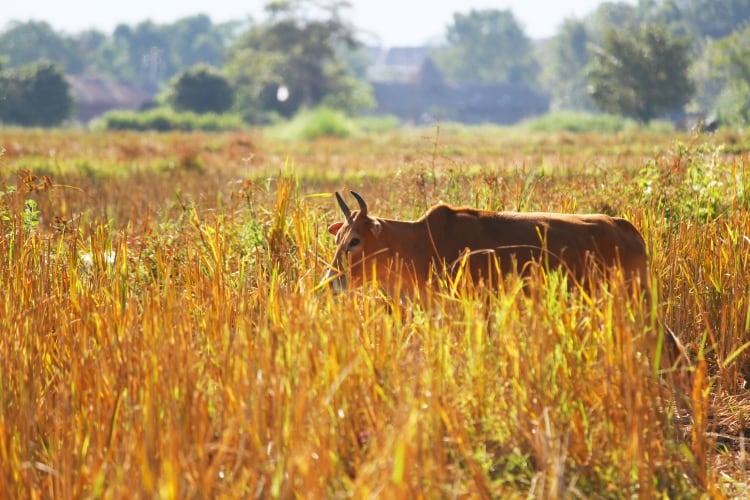Over the last year, the Department of Trade Negotiations, part of the commerce ministry, has been embarking on a project to dispatch negotiators to dairy farms across Thailand to get them ready for the move.
It also hopes the scheme will tap into Thailand’s other trade deals by promoting better-quality dairy production and more lines for export, to open up these markets.
The negotiating department’s director-general, Auramon Supthaweethum, has been working with the Department of Livestock Development under the agriculture ministry to get the outreach project on the road.
“At present Thailand has free trade agreements with some 17 countries. We foresee that we can extend our milk and dairy products market with countries we have FTAs with,” she said.
These countries, which include Asean and China, currently exchange goods with Thailand under a zero per cent tariff regime. But when Australia and New Zealand come on board, Thailand will be dealing with the dairy titans.
To this end, teams from Auramon’s department have spent the last year trying to persuade farmers to enhance the quality of their products and diversify the ranges they produce. They have also been supporting farmers in finding new markets for their products within Thailand’s FTAs.
Officials who have visited farmers report that most are aware of the deals in place, as well as the forthcoming one with Australia and New Zealand. They are also familiar with incentives offered by the government to agricultural firms that might apply to them.
“Governmental units will offer their assistance in terms of providing information on produce processing knowledge and registering their products as Geographical Indication goods,” she said, adding that the move will strengthen local products. These would establish a customer base allowing more imported goods arrive before the Australia-New Zealand tariff is relaxed.
Trade deals
Thailand is in the middle of a free-trade frenzy, having set an ambitious goal to finish drafting four of these deals this year, including the Regional Comprehensive Economic Partnership (Rcep) mega-multilateral FTA and three bilateral ones with Turkey, Sri Lanka and Pakistan.
If negotiations are successful, Rcep will be the largest multilateral trade pact in history, encompassing China, India, Japan, South Korea, Australia, New Zealand and the 10 Asean nations.
The combined gross domestic product of prospective Rcep members accounts for up to 28% of global GDP, and as much as 30% of the value of world trade. It is not yet known when, or if, this mega-FTA will be concluded. By the end of 2018, seven out of 20 chapters that are covered by a 20-chapter agreement document had been completed.
Meanwhile, the three bilateral FTAs are expected to be concluded imminently. The Department of Trade Negotiations has earmarked annual trade worth US$20bn by 2020 with Turkey, and a trebling of trade with Sri Lanka to US$15bn. The target trade value for Thai-Pakistan trade has yet to be revealed.
“We aim to finish drafting the terms of the FTAs with the three countries by the end of 2019, and we expect the FTAs will be signed and enacted in 2020,” Auramon said.
“Thailand has a promising potential to expand our trade with these three countries. These are rapidly growing markets with a high demand for various Thai exports. Furthermore, Thai goods are perceived as high quality products by consumers in these countries.”
Australia and New Zealand see Thailand being a “complementary economy” in that Thailand mainly exports manufactured goods in return for their agricultural produce and products.
Amid fraught negotiations under way between the European Union and the antipodean nations, Australia and New Zealand will appreciate more agricultural trade with Thailand to take the edge off. The situation developed in January after the EU took a decisive step towards unilaterally reducing their rights to export specified quantities of tariff-free sheepmeat, beef and dairy products to the trading bloc after the UK leaves the EU.
Opportunities
Given the scale of dairy exporters from Down Under, it’s hard to see how either would suffer through increased access for Thai milk and dairy products, but for Thailand it spells an opportunity—if only goods from the country can measure up to their competitors.
To do so, Auramon believes the secret lies in helping farmers to meet the requisite standards, beyond what the certificates say.
“This is an opportunity for Thai formers and the dairy sector. However, at the same time we have to prepare ourselves for the opening of the market in the upcoming future to Australia and New Zealand. In the next four to six years, Thais have to have learnt how to compete with dairy products imported from there. We are working on that right now.”


